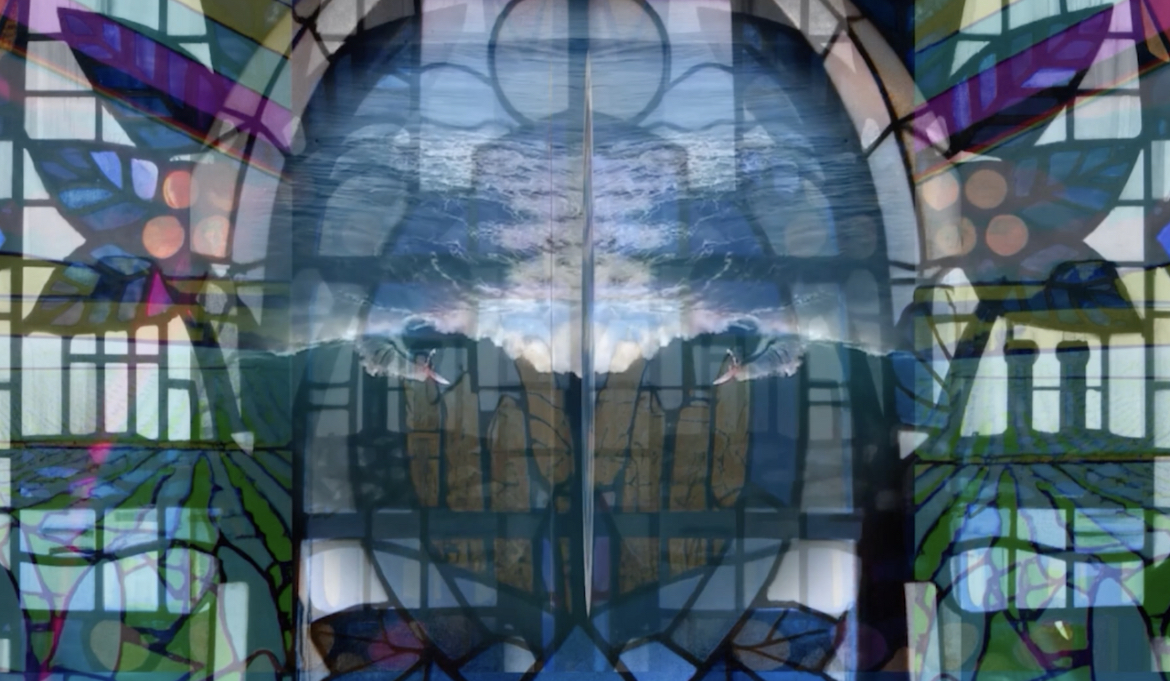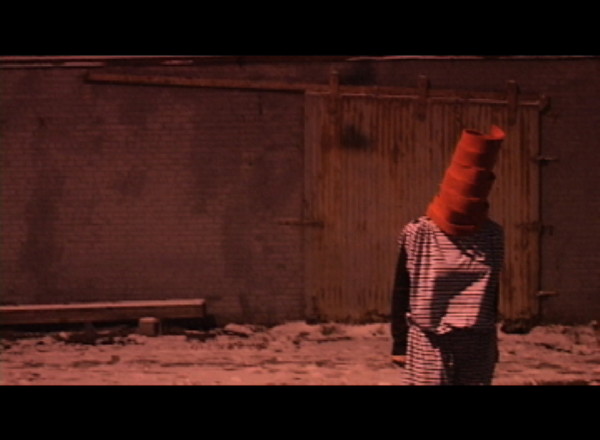Work Dignifies
Johanna Unzueta
Curated by: Michèle Faguet (Guest Curator), Jonathan Middleton (Director Curator)
One of the biases of recent conceptual art practice has been a denigration of the labour process in favour of a privileging of ideas that presumably distances the producer from the materiality of a given medium and reinforces a qualitative distinction between art and craft or between media like photography and video (thought to be intrinsically more conceptual) and more traditional media like painting and sculpture. As suggested by the title she has chosen for her exhibition, Johanna Unzueta seeks to valorize the actual process through which she transforms felt—a semi-organic, sensuous, and ‘warm’ material that both alludes to the practice of dressmaking (typically gendered female and thus undervalued) and is also an obvious reference to Beuys—into a series of sculptural objects that may be read against an entire tradition of Marxist aesthetics with its discussions of the emancipatory potential of art, but must also be situated within the biographical concerns of an artist who came of age during a military dictatorship which sought to suppress those very same ideals.
Bernd and Hilla Becher’s typological studies of constructions that function as monuments of the Industrial Revolution are an important reference that runs throughout this exhibition. In a single-channel video piece projected in the front room of the gallery, a female figure dressed in uniform and wearing a felt sculpture that hides her face, mumbles incoherently against the backdrop of the kind of barren industrial wasteland nostalgically associated with the post-industrial urban metropolis. In the main space a series of hand-sewn sculptures based on industrial structures are set against a large wall installation of drawings on cotton of schematic diagrams of tools and machinery that form part of the cultural history of the industrialization and automation of labour that signals a shift from a productive society to a consumer one.
While presumably modern technology has liberated much of the world’s workers from the drudgery of repetitive, subsistence work, the reality of globalization is that this kind of work has simply been displaced onto those populations living outside of the industrialized West.
Considering the rapid commodification of the artworld during the last decade and the increasingly blurry distinction between commodity aesthetics and art practice that might be considered ‘critical,’ the question of labour is then particularly significant.











